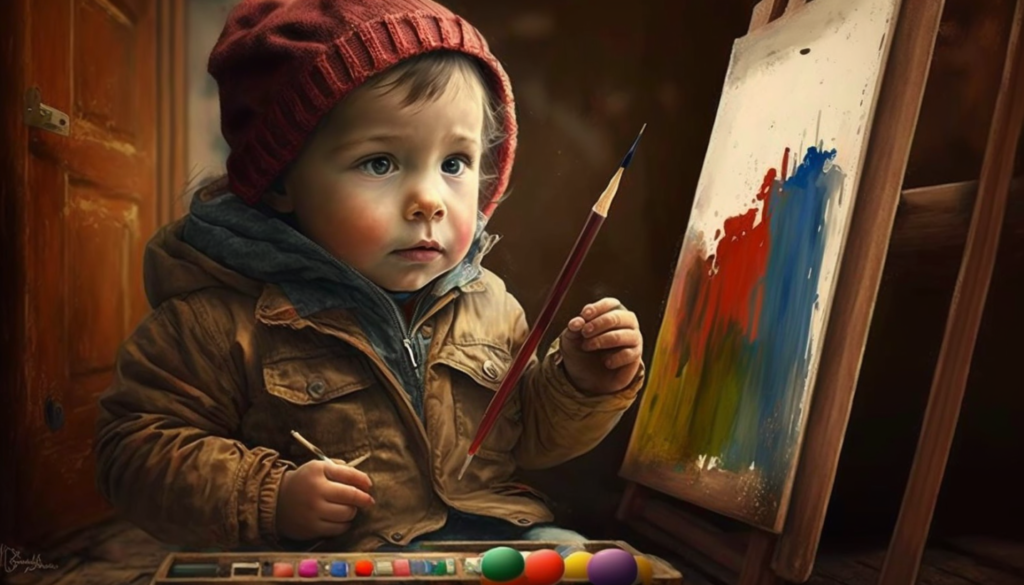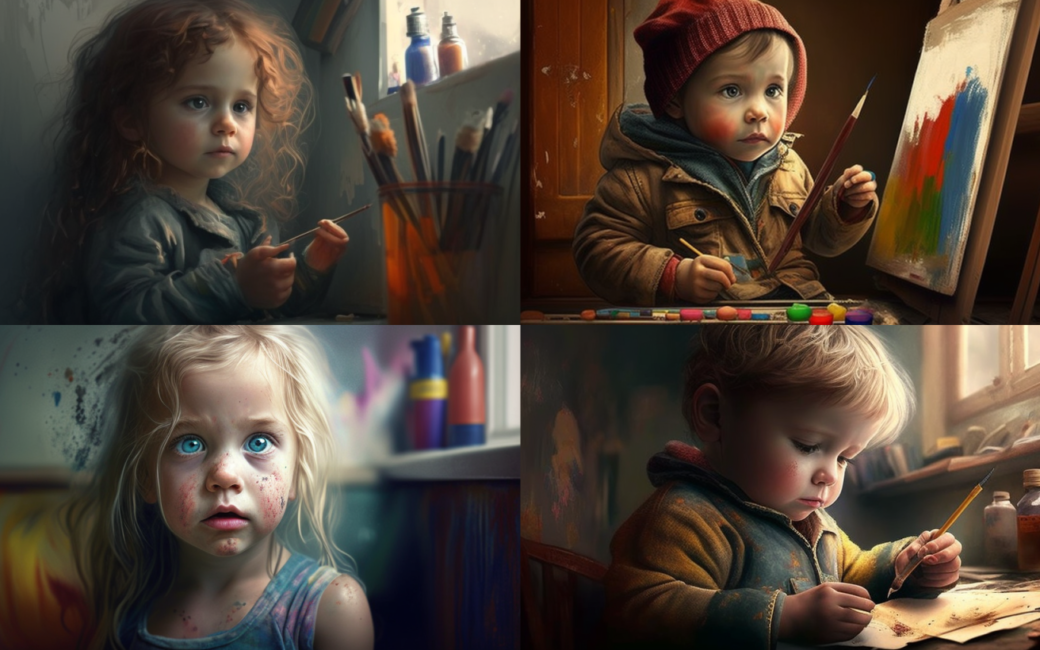Artistic expression is paramount in the development of young children, as it has been shown to enhance brain function during early childhood. Children are able to engage in open-ended play through artistic activities, which facilitates the development of cognitive, multisensory, and socio-emotional skills. As children advance to elementary school and beyond, artistic activities continue to play a crucial role in brain development, self-esteem, creativity, and mastery.

Nurturing creativity in children is fundamental in allowing them to express their unique ideas and experiment with a range of materials. Encouraging creativity requires providing children with a diverse array of supplies and allowing them to create freely, while also observing them and providing additional supplies when required. Encouraging children to try new artistic experiences can also foster creativity, with open-ended questions enabling children to consider the possibilities of what they can create.
Artistic activities introduce children to various tools and materials and offer them the opportunity to create using their own unique vision. As children draw, paint, and create collages, they learn about color, shape, and size. Engaging with paints, glue, and markers facilitates planning, experimentation, and problem-solving skills. Mixing paints teaches children about cause and effect and allows them to make decisions about their artwork, which enables them to learn from their choices.
Artistic expression is an avenue for children to communicate their emotions and ideas. Through their artwork, children are able to articulate their feelings and thoughts, which they may not be able to do with words. Artistic expression is a valuable way to assist children in managing the natural stressors of growing up, in addition to fostering a sense of individuality, self-respect, and appreciation for others’ work.
Artistic activities also promote the development of physical skills in children. Using scissors, finger-painting, and weaving with yarn help refine the small muscles in children’s hands, which is essential for their fine motor control, necessary for writing, and other activities requiring dexterity. Along with drawing with crayons or markers, artistic activities promote the development of fine motor skills.

